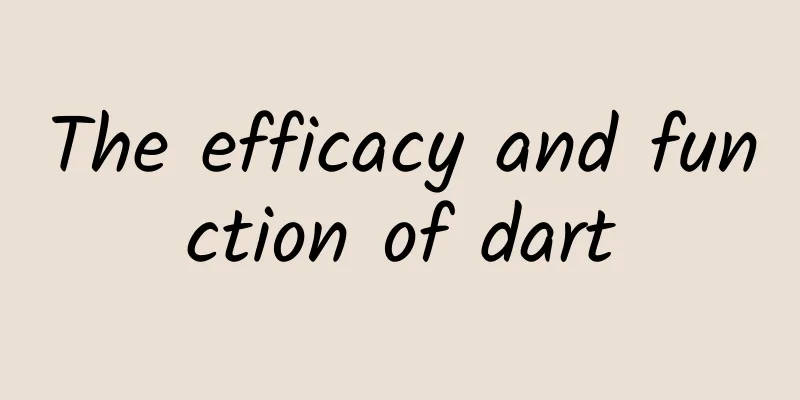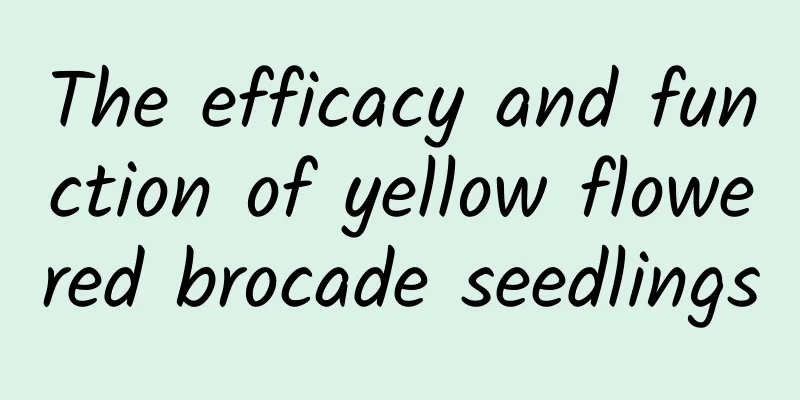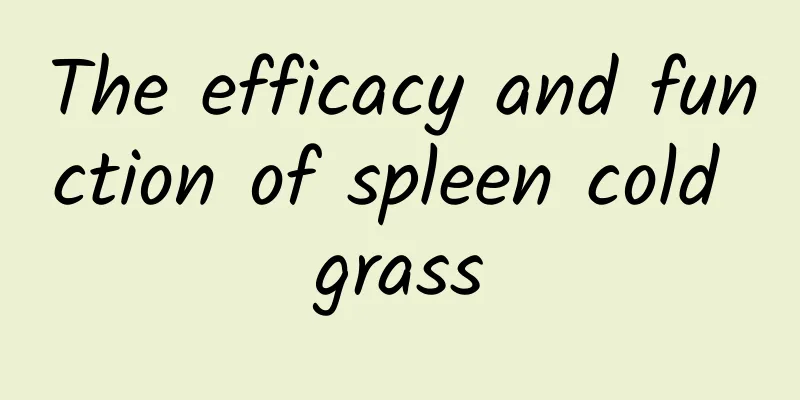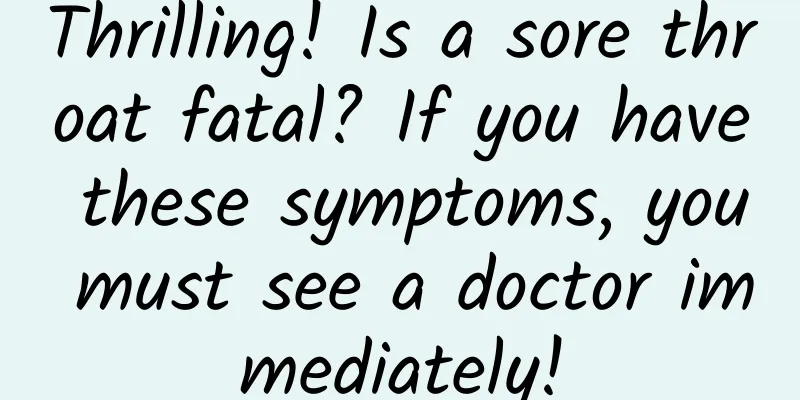The efficacy and function of dart

|
Traditional Chinese medicine culture is profound and extensive, and Chinese medicinal materials account for a large proportion of it. Do you know about Ai Tuo Tuo? What are its effects and functions, and how to eat it? I believe many people are very interested in it. Let me tell you one by one below. [Alias] Small Coptis chinensis, small single root, Simao Coptis chinensis, thousand-year-old dwarf. [Source] Medicinal material source: the whole plant of Rehmannia glutinosa, a plant of the Meliaceae family. [Original morphology] Yunnan Rehmannia glutinosa is a short semi-shrub, 2.5-15cm tall. The stems are pubescent. Odd-pinnate compound leaves are alternate; leaflets are 5-9 (-11), nearly sessile, papery, obovate to nearly rounded, obtuse or shortly acuminate at apex, cuneate to broadly cuneate at base, deeply serrated or nearly pinnately divided above middle of margin, usually with 1-5 coarse teeth on each side, entire at lower part, sparsely and closely pubescent on both sides, especially dense on veins; terminal leaflet is larger, 2-3.5cm long, 1.3-1.8cm wide, with petiole 2-3mm long; lateral leaflets are 0.5-2cm long, 0.8-1.3cm wide. The racemes are axillary, up to 1.5 cm long, with 1-5 flowers, covered with soft hairs; the pedicels are short; there are bracts; the calyx is 5-lobed to the base, the lobes are linear-lanceolate, about 2 mm long, covered with soft hairs; the corolla is white, 3-4 cm long, glabrous, the corolla tube is about 2.2 cm long, the lobes are oblong, 10-12 mm long; the stamen tube is about 3 cm long, fused with the corolla tube, and serrated at the apex; the ovary is hairy, the style is linear, glabrous, and the stigma is capitate. The capsule is oblate, about 6mm in diameter, with a drooping fruit stalk. Flowering period is June-July. [Habitat distribution] Ecological environment: Grown on rapids and rocks in the Jinsha River valley at an altitude of 1100-1750m. 【Nature and flavor】 Sweet; slightly bitter; cool 【Functions and indications】Promote blood circulation and relieve pain; clear away heat and detoxify. Mainly used for pain caused by trauma, rheumatic joint pain, pharyngitis, carbuncle, furuncle [Usage and Dosage] For oral use: decocted in water, 9-15g. For external use: take appropriate amount, mash and apply or grind into powder for application. 【Excerpt】 Chinese Materia Medica Through the detailed introduction of Abyss, I believe everyone has a certain understanding and can better improve our common sense in life. |
<<: The efficacy and function of maple poplar
>>: The efficacy and function of dung dustpan
Recommend
Tiangong Space Station: Opening a new era of Chinese "space settlement"
On December 9, 2021, Wang Yaping (left) and Ye Gu...
The efficacy and function of celery root
Celery root is a traditional Chinese medicine. Do...
International Epilepsy Awareness Day丨If a child has a convulsion, does it mean he has epilepsy? Talk about childhood epilepsy
Author: Lian Di Xinhua Hospital Affiliated to Sha...
The efficacy and function of Montenegro sugarcane
In our lives, Montenegro Sugarcane has attracted ...
The role and function of vitamin B6
Vitamins are essential nutrients for everyone. Th...
Why is criticism more memorable than praise?
© Frederic Cirou/Getty Images Leviathan Press: Re...
Medicinal value of Agrimony
Herba Centifoliae is an expensive Chinese medicin...
The efficacy and function of An (艸闾)
Speaking of An (艸闾), I believe many friends know ...
It turns out that "Beijing Time" was created by them
"It is 19:00 Beijing time now." You mus...
The efficacy and function of Lanbuzheng
Lanbuzheng is a common Chinese medicine of the Ro...
Zheng He did this for this group of people when he came back from his first voyage to the West...
...
Students use ChatGPT to do homework? Chinese professor posted on Natuer: Encourage, but do it this way
Source: Nature Original author: Hong Yang, Profes...
Rare! Bathing can cause illness. What is "bird" disease?
Recently, Ms. Wang from Liuyang, Changsha, Hunan,...
Will drinking lemon water cause kidney stones? Can’t you soak lemons in hot water? Four common misconceptions about lemon water revealed!
Lemon, a magical fruit known for its sourness, ha...









